| | | | | | | Presented By University of Central Florida | | | | Axios Science | | By Alison Snyder · May 26, 2022 | | Thanks for reading Axios Science. This week's newsletter is 1,311 words, about a 5-minute read. | | | | | | 1 big thing: Monkeypox is not another COVID | 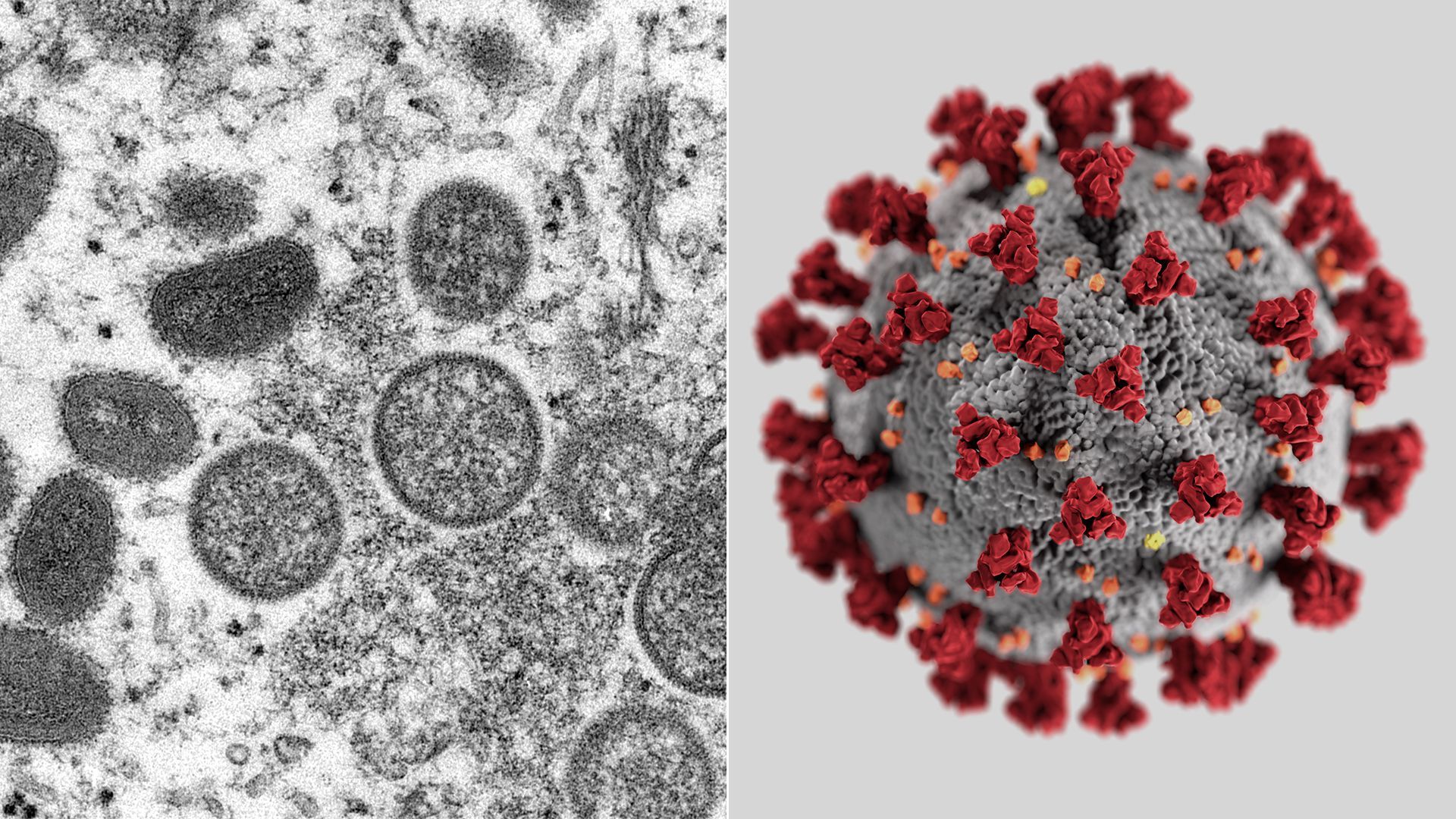 | | | The monkeypox virus, on left, and SARS-CoV-2. CDC Images: Alissa Eckert, Dan Higgins and Cynthia S. Goldsmith | | | | The growing monkeypox outbreak may appear alarming to people — potentially triggering bad memories of the rapid spread of COVID over the globe — but it does not contain the same threat level as a pandemic, experts tell Axios' Eileen Drage O'Reilly. The big picture: How monkeypox is spreading around the world — with nine U.S. cases confirmed so far — is "new and certainly concerning" but the virus isn't behaving completely unexpectedly, says the CDC's poxvirus epidemiology team lead, Andrea McCollum. - "People are seeing these cases every day pop up on multiple continents, and this feels very much like the early days of COVID," says Jennifer Nuzzo, director of the Pandemic Center at Brown University's School of Public Health.
- But, "what made COVID so incredibly challenging is the fact that people could be infected and have no knowledge of it and then go on to spread it to others — there's much less of a chance it will happen with this virus," Nuzzo says.
What's happening: Monkeypox patients typically develop flu-like symptoms and a blistering rash. - But, initial reports about how this strain is affecting the body are slightly unusual — and that's always a bit of a concern, says David Freedman, president-elect of the American Society of Tropical Medicine and Hygiene. People are reporting not feeling as ill at the start of an infection as is normal and the blistering rash may not be spreading on the body as much.
- "That's what's a bit mysterious about this and why they are doing all this genetic sequencing to see if there's something unique about this particular strain of the virus," Freedman adds. More definitive genetic insights will take at least several weeks, he adds.
- Another unusual aspect is that a majority of these recent cases have been linked to sexual contact during mass gatherings or festivals, with more reports of genital lesions than seen in prior outbreaks, Nuzzo says.
Between the lines: Some symptoms may be unusual but the way the virus is spreading between people is "very consistent with what we know about monkeypox," McCollum says. It is being transmitted through close, prolonged contact with an infected individual. - Lesions tend to be the biggest concern, McCollum says, as they "are chock-full of the virus," remaining infectious through all of their stages including once a scab falls off.
- The "larger risk to the overall community is extraordinarily low" and respiratory transmission is not seen as its primary method of transmission, but McCollum says "COVID precautions make a lot of sense for a lot of things," such as wearing a mask and not sharing clothing or bedding.
Be smart: Scientific knowledge of monkeypox is relatively small. "The number of cases documented in the literature since 1970 are like a few thousand," Freedman says. - And, the COVID pandemic has taught us all that viruses can quickly change.
What's next: It's unknown when the spread will become contained and case numbers can be expected to drop, even though awareness among doctors has been raised. - McCollum says the U.S. plans to work with other countries to gather fine-scale data that will allow forecasting models to "get a better sense of what we should be expecting moving forward and when we'll start seeing declining numbers instead of increasing numbers."
- Patients are expected to stay in isolation for three weeks, and efforts should be made for contact-tracing and to possibly give smallpox vaccinations to those directly exposed and at highest risk.
- The CDC plans to start tracking and updating cases in the U.S. on a daily basis on their website soon, McCollum says.
|     | | | | | | 2. Catch up quick on COVID |  Data: NY Times; Cartogram: Kavya Beheraj/Axios "An ongoing surge of reported COVID cases in the Northeast showed signs of easing even as cases continued to jump around the rest of the country," per Axios' Tina Reed and Kavya Beheraj. An estimated 1 in 5 adults who had COVID may develop persistent symptoms, or long COVID, according to a CDC report released this week. Vaccination modestly reduced the risk — by about 15% overall — of getting long COVID in a massive new study published yesterday. - Lung and blood clotting complications were reduced but vaccination "did little to protect against most other symptoms," Ariana Eunjung Cha reports for the Washington Post.
The molecule that triggers parosmia — a condition that distorts the sense of smell and can affect people with COVID — was identified by scientists, Hannah Devlin writes in the Guardian. "[T]he viral and bacterial nuisances that were on hiatus are returning — and behaving in unexpected ways," Helen Branswell writes in STAT. |     | | | | | | 3. One last selfie | 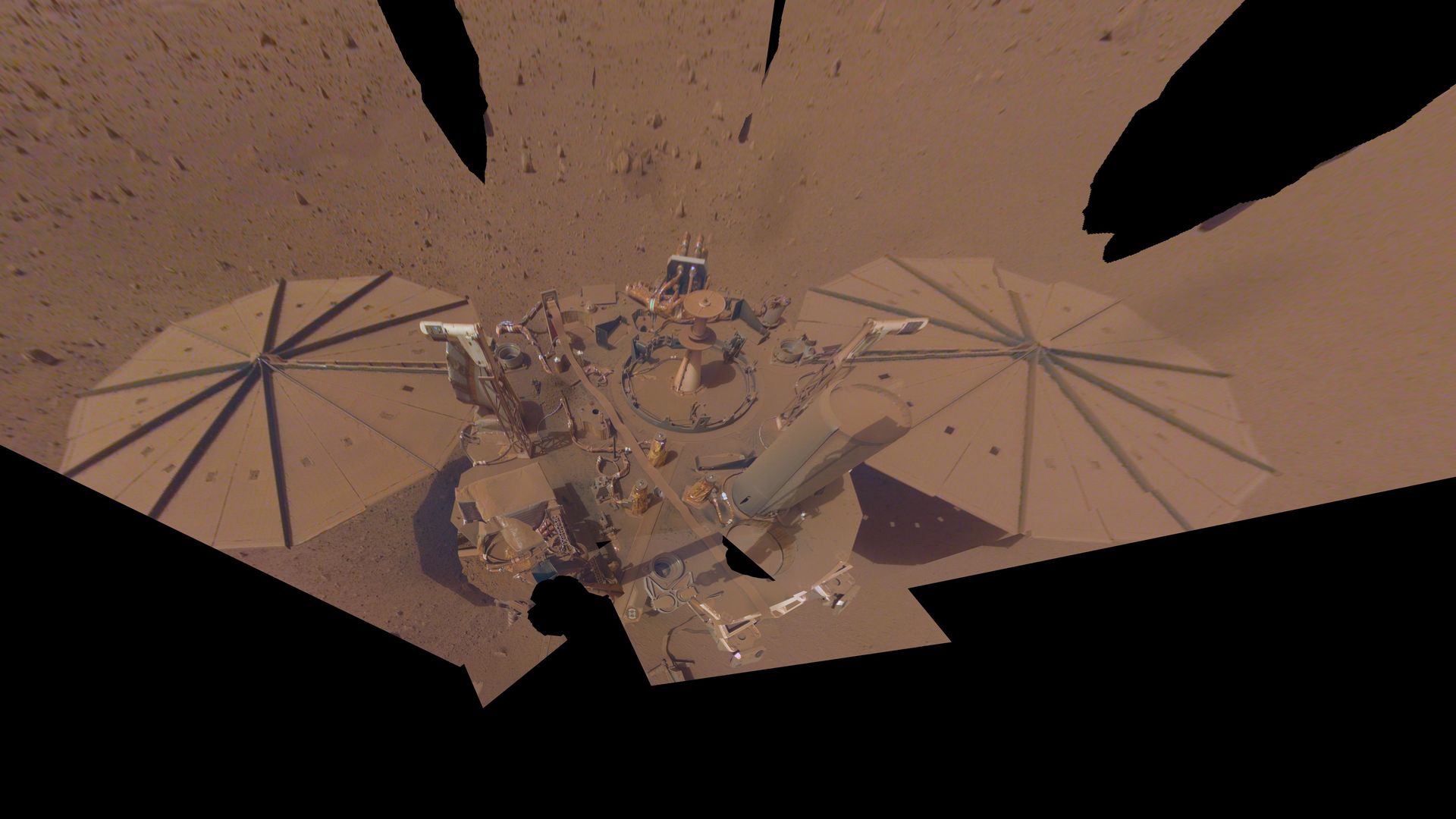 | | | NASA InSight Mars lander, April 24, 2022. Image: NASA/JPL-Caltech | | | | NASA's InSight Mars lander took one last selfie before its upcoming retirement. The big picture: InSight launched in 2018 to study the interior of the Red Planet. It has since detected more than 1,300 marsquakes —including the strongest earlier this month — and given scientists the first direct measurements of Mars' interior. Details: The image, taken on April 24, 2022, and released by NASA this week, shows the lander's robotic arm covered in dust. - The dust accumulating on the solar panels is diminishing the power they can produce for the lander's operations.
- NASA scientists plan to put InSight's robotic arm into "retirement pose" this month and try to collect a bit more data before they anticipate turning off the lander's seismometer by the end of the summer.
|     | | | | | | A message from University of Central Florida | | UCF grad charts a course for the future of medicine | | | 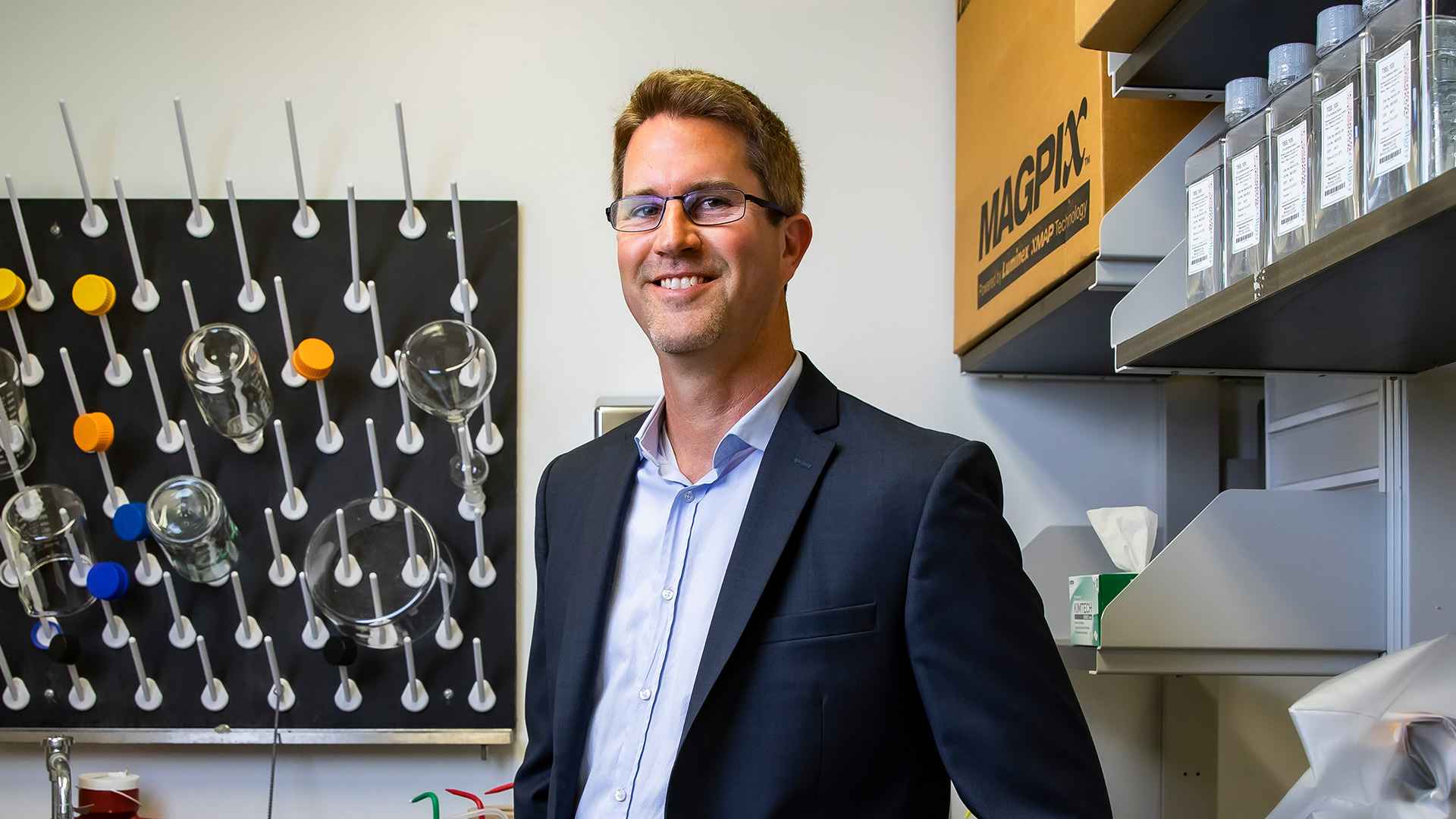 | | | | UCF alumnus Darin Edwards '97 '10MS '11PhD led the development of Moderna's COVID-19 vaccine as the company's director of immunology. "UCF provided me with the opportunity to explore broadly, enabling me to become the well-rounded person and scientist that I am today," says Edwards. | | | | | | 4. Worthy of your time | 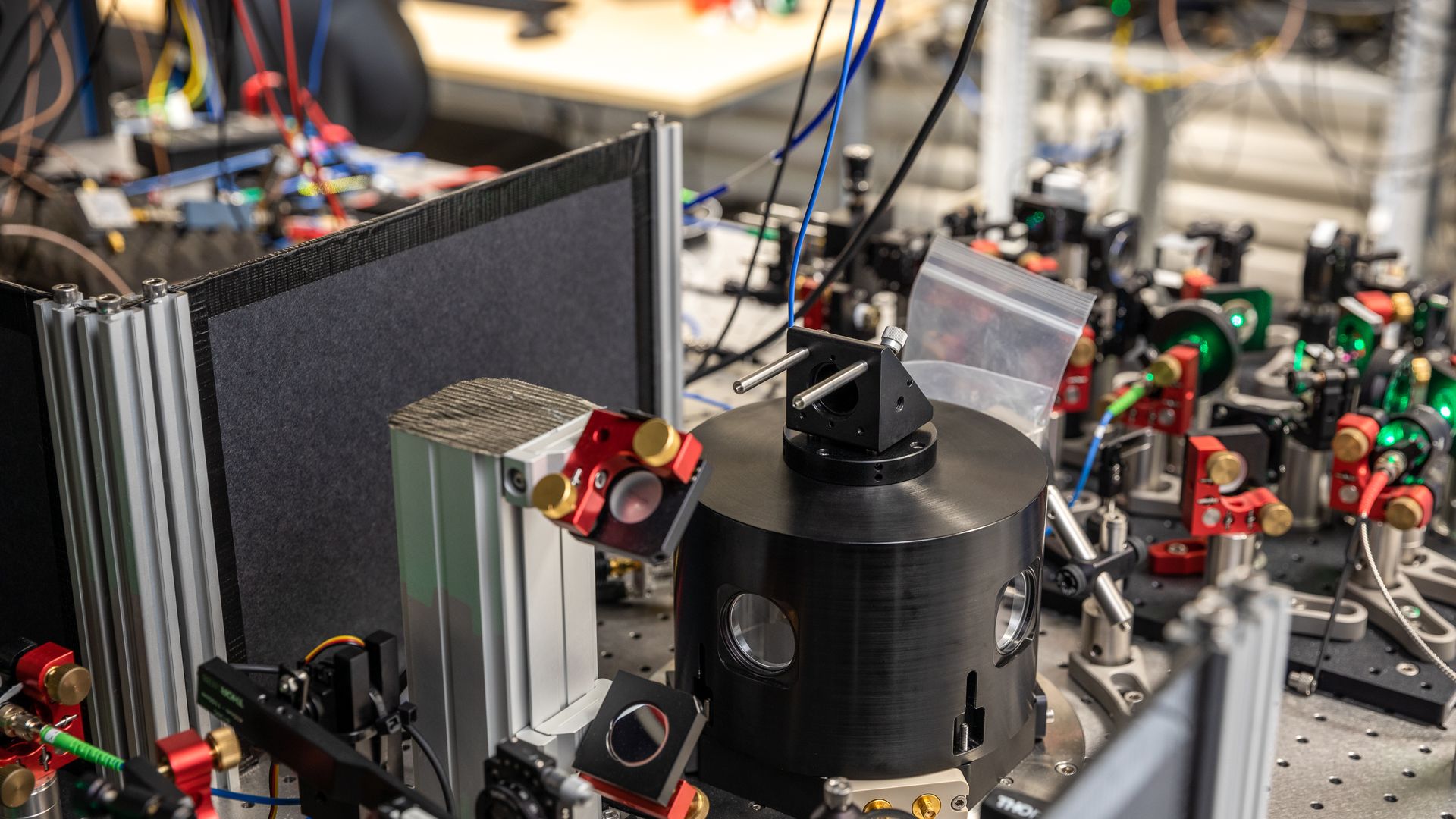 | | | Alice, the receiver of the teleported quantum information. Photo: Marieke de Lorijn for QuTech | | | | "Quantum Internet" inches closer with advance in data teleportation (Cade Metz — NY Times) How the revamped Large Hadron Collider will hunt for new physics (Elizabeth Gibney — Nature) Ancient DNA reveals secrets of Pompeii victims (Victoria Gill — BBC) Smart, co-operative, emotional: What cutting-edge science tells us about pigs (Henry Mance — FT) |     | | | | | | 5. Something wondrous | 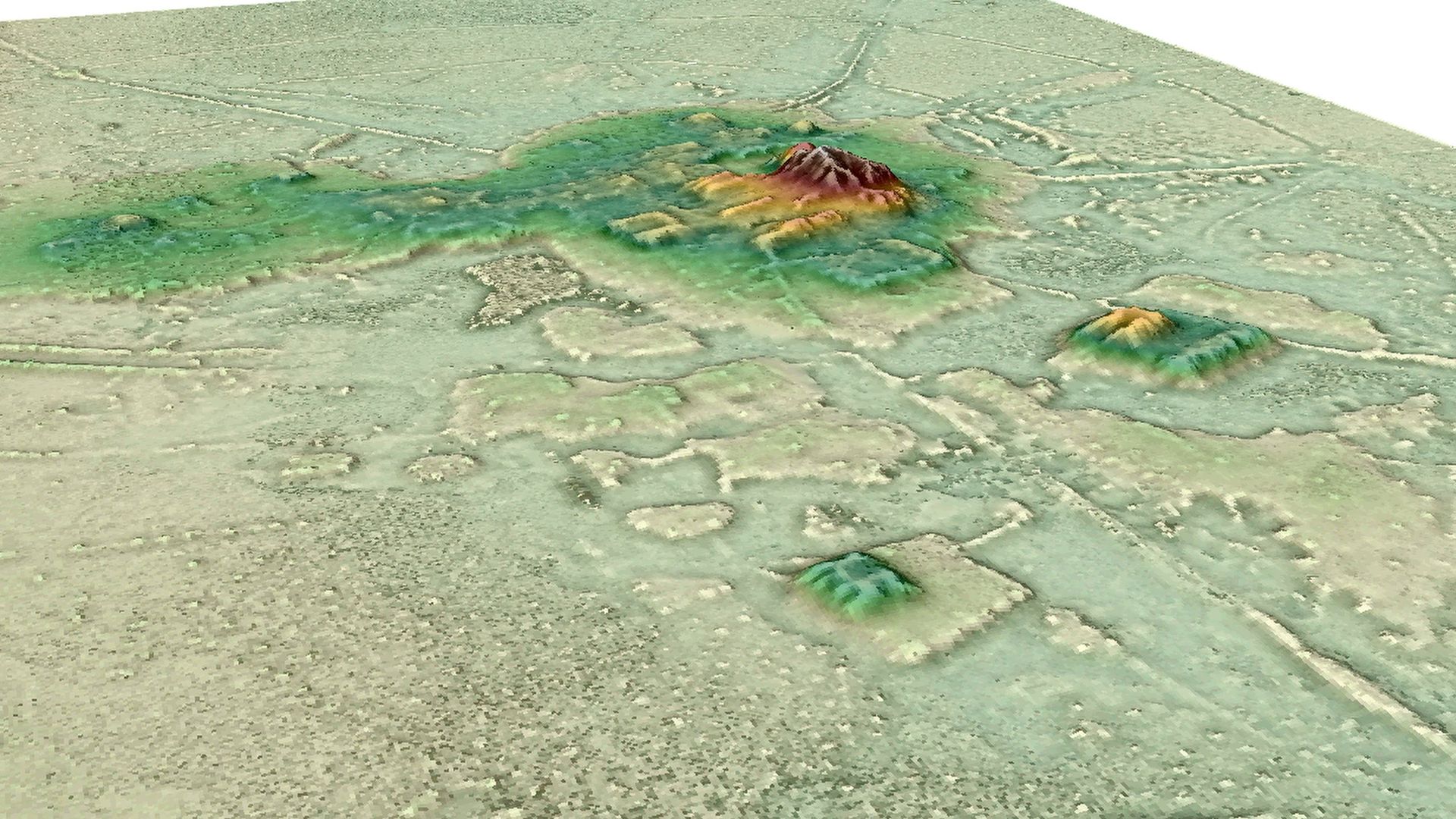 | | | Screenshot from a 3D animation of the Cotoca site. The causeways extend from pyramids and other structures. Image: H. Prümers/DAI | | | | More than six centuries ago, people in the Casarabe culture built an extensive urban system deep in the Amazon rainforest that is detailed in a study published this week. Why it matters: The enormous and complex settlement pattern hasn't been seen elsewhere in Amazonia, the archaeologists write, and indicates there may have been more urban areas in the region than researchers thought. - It is "the opening salvo of an Amazonian new orthodoxy," archaeologist Christopher Fisher of Colorado State University, who was not involved in the study, writes in an article accompanying it.
Details: The Casarabe lived in what is today Bolivia between 500 C.E. and 1400 C.E. Heiko Prümers of the German Archaeological Institute and a team of researchers studied 26 Casarabe sites, revealing 11 that were previously unknown. - Two large settlements — Cotoca and Landívar — feature monumental civic-ceremonial features, including platforms, mounds and pyramids, they report in the journal Nature.
- Canals and reservoirs were used to move water around the settlements.
- Raised causeways extend for several miles from the urban centers to smaller sites.
- "The settlements are very closely interconnected by paths and canals, and they are never more than one hour's walk from the next settlement," Prümers says.
"The architectural layout of large settlement sites of the Casarabe culture indicates that the inhabitants of this region created a new social and public landscape through monumentality," he adds. How it works: The team used light detection and ranging (lidar) technology attached to a helicopter to collect data from the sites. - Lidar emits a laser pulse and detects the amount of time it takes to return after it is reflected from an object or feature. That's used to determine the topography of the landscape, which reveals any features.
- The technique has been used to study other ancient sites, including nearly 500 Mesoamerican sites across a large swath of southern Mexico.
The big picture: The pre-Hispanic history of Amazonia is largely unknown, Prümers says. "There are vast regions from which not a single archaeological site is known." - Those regions are also threatened by deforestation. When forests are cleared with bulldozers, Prümers warns, "not only does the forest disappear, but all archaeological remains near the surface are destroyed forever."
Go deeper: Archaeologists dig into digital data |     | | | | | | A message from University of Central Florida | | You're gonna have the skills to change the world | | |  | | | | University of Central Florida alumnus Darin Edwards '97 '10MS '11PhD led the development of Moderna's COVID-19 vaccine as the company's director of immunology. What's Special? His team downloaded the genetic sequence from a tweet and had a vaccine design in 48 hours. Learn his story. | | | | Thanks to Eileen for contributing this week and to Carolyn DiPaolo for copy editing this newsletter. |  | It's called Smart Brevity®. Over 200 orgs use it — in a tool called Axios HQ — to drive productivity with clearer workplace communications. | | | | | | Axios thanks our partners for supporting our newsletters. If you're interested in advertising, learn more here.
Sponsorship has no influence on editorial content. Axios, 3100 Clarendon Blvd, Suite 1300, Arlington VA 22201 | | | You received this email because you signed up for newsletters from Axios.
Change your preferences or unsubscribe here. | | | Was this email forwarded to you?
Sign up now to get Axios in your inbox. | | | | Follow Axios on social media:    | | | | | |
No comments:
Post a Comment